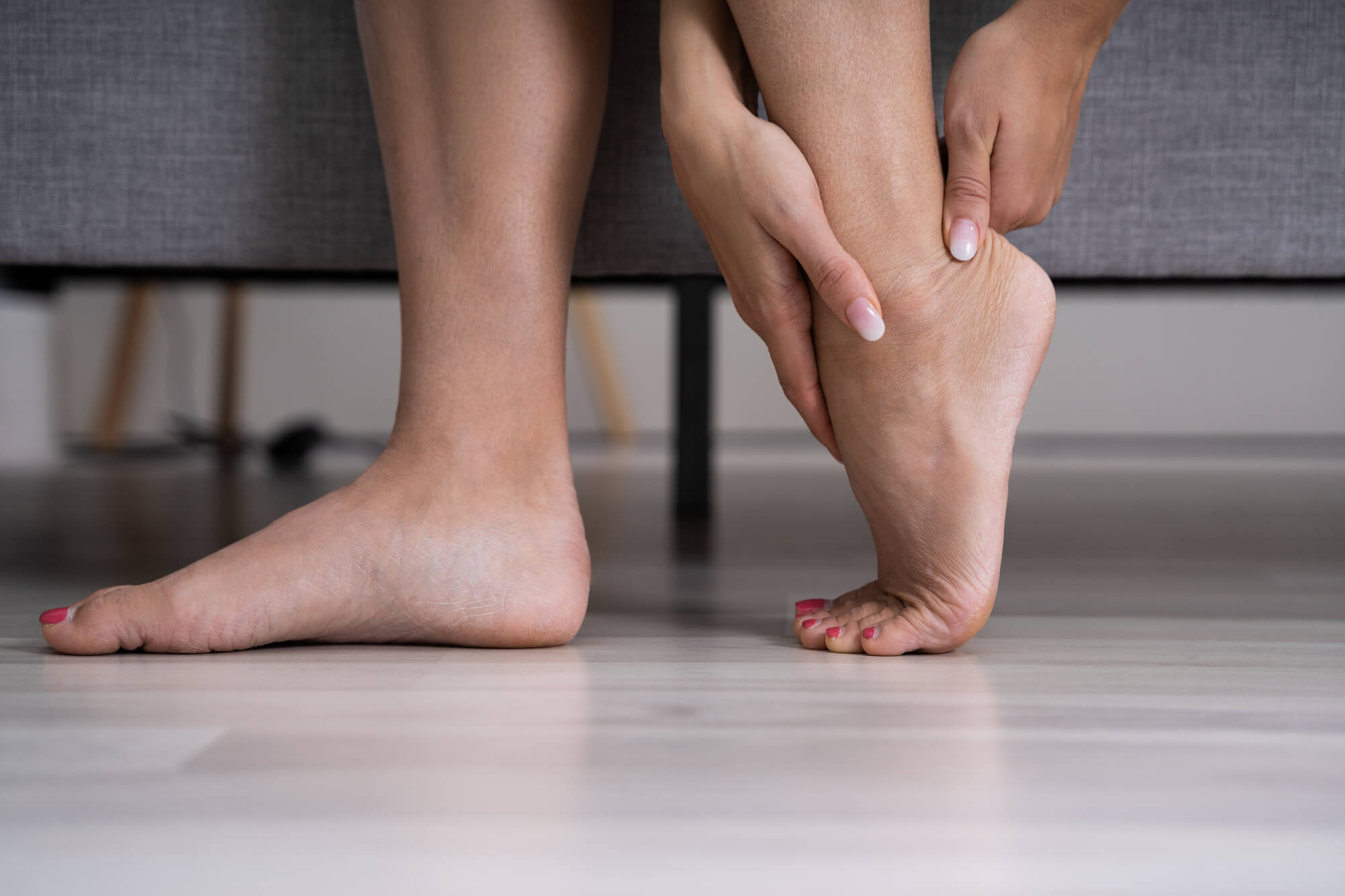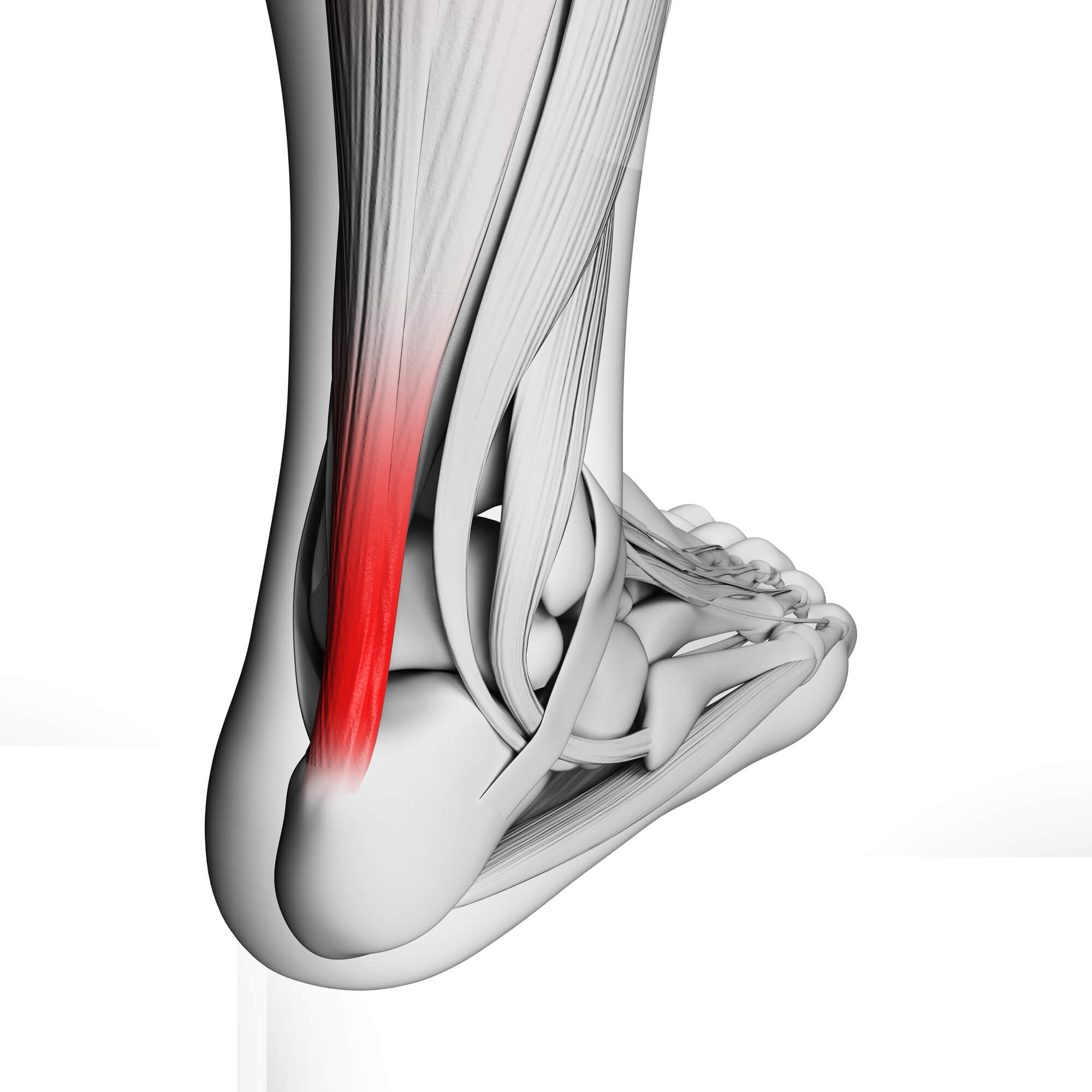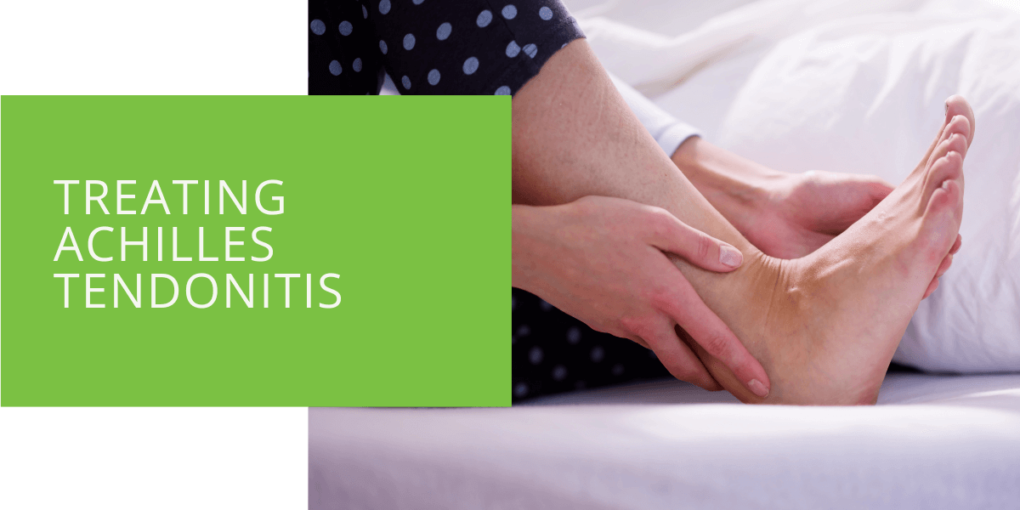Treating Achilles Tendonitis: Effective Solutions
Are you tired of living with the discomfort and restrictions of Achilles tendonitis? Do you feel like you've tried every treatment option out there, but nothing seems to work? Don't give up just yet! There is hope, and we're here to help you find it.
Our comprehensive guide is designed to provide all the information you need to treat your Achilles tendonitis effectively. From traditional methods like rest and ice to cutting-edge treatments like shockwave therapy, we'll explore every option available to help you make an informed decision for your recovery. With our expert guidance, you can say goodbye to pain and hello to a healthier, happier life. So, let's dive in and discover the best treatment options for your Achilles tendonitis!
Key Takeaways
- Achilles tendonitis, caused by overuse or repetitive stress, can lead to pain and discomfort in the Achilles tendon. It's crucial to understand the condition and its treatments.
- Conservative treatments like rest, physical therapy, and orthotic devices are often effective initial options for managing Achilles tendonitis.
- Advanced treatments, including shockwave therapy and surgery, may be necessary in more severe cases, and alternative therapies and preventative measures can complement traditional treatments for comprehensive care.
Overview of Achilles Tendonitis
Before diving into treatment options, let's revisit the basics of Achilles tendonitis. This condition occurs when the Achilles tendon, which connects the calf muscles to the heel bone, becomes inflamed due to overuse or repetitive stress. Understanding the mechanics of Achilles tendonitis is essential to grasp why specific treatments are recommended.
The Achilles tendon is the body's largest and most robust tendon. It plays a critical role in activities like walking, running, and jumping, making it prone to injury, particularly among athletes and those who engage in strenuous physical activities. Achilles tendonitis typically presents with symptoms like pain and stiffness in the back of the leg near the heel. These symptoms can be aggravated by physical activity, and if left untreated, they may lead to more severe complications, such as tendon rupture.
Conservative Treatments
Conservative treatments are often the initial steps in managing Achilles tendonitis. These non-invasive approaches aim to alleviate pain, reduce inflammation, and promote healing without surgery.
Rest and Activity Modification
Taking a break from activities that place excessive strain on the Achilles tendon is essential. Rest allows the tendon to recover, and modifying your activity level can prevent further irritation.
Physical Therapy for Achilles Tendonitis
Physical therapy plays a pivotal role in Achilles tendonitis treatment. Licensed physical therapists design personalized exercise programs to strengthen the calf muscles and improve flexibility.
Orthotic Devices: A Supportive Solution
Orthotic devices, such as heel lifts or custom-made shoe inserts, can provide essential support and help distribute pressure evenly, reducing strain on the Achilles tendon.
Icing and Compression Techniques
Managing inflammation is crucial. Applying ice to the affected area and using compression techniques can reduce swelling and alleviate pain.
Non-steroidal anti-inflammatory Drugs (NSAIDs)
Over-the-counter NSAIDs like ibuprofen can be useful in managing pain and inflammation. However, using them under medical guidance is essential to avoid potential side effects.
Conservative treatments address the root causes of Achilles tendonitis, such as overuse and inflammation. Rest and activity modification are foundational, allowing the tendon to heal without additional stress. Physical therapy helps recondition the affected area, while orthotic devices provide ongoing support. Icing and compression are effective in controlling immediate symptoms, and NSAIDs can provide short-term pain relief. These treatments are often pursued before more invasive options like surgery.

Advanced Treatment Options
When conservative treatments do not yield the desired results, or in cases of chronic Achilles tendonitis, advanced treatment options may be considered.
Extracorporeal Shockwave Therapy (ESWT)
ESWT is a non-invasive procedure that employs shockwaves to stimulate the healing process in the Achilles tendon. It is particularly beneficial for chronic cases where traditional treatments are ineffective.
Platelet-Rich Plasma (PRP) Therapy
PRP therapy involves injecting a concentrated form of the patient's blood into the injured Achilles tendon. This injection provides growth factors that accelerate tissue repair and healing.
Ultrasound-Guided Corticosteroid Injections
In some instances, corticosteroid injections may be recommended to reduce inflammation and alleviate pain. These injections are precisely administered with the guidance of ultrasound imaging.
Topical Medications for Pain Relief
When applied to the Achilles tendon area, topical creams and gels containing anti-inflammatory agents can provide localized pain relief.
Advanced treatment options are designed for cases where conservative methods have not delivered the desired outcomes. These treatments aim to promote healing at a cellular level. ESWT employs shockwaves to stimulate tissue repair, while PRP therapy leverages the body's natural healing properties. Corticosteroid injections provide targeted relief by reducing inflammation, and topical medications offer localized pain management. Each option comes with its own considerations and potential benefits, which should be discussed thoroughly with a healthcare provider.
Surgical Interventions
In some cases, surgical intervention becomes necessary to address severe Achilles tendonitis or tendon rupture.
Indications for Achilles Tendon Surgery
Surgery is typically considered when conservative treatments and advanced therapies do not produce satisfactory results or when there is a complete rupture of the Achilles tendon.
Open Tendon Repair: When Is It Necessary?
Open tendon repair surgery involves an incision in the back of the leg to access and repair the Achilles tendon. This approach is reserved for complex cases and severe injuries.
Minimally Invasive Procedures
Minimally invasive techniques, such as percutaneous Achilles tendon repair, offer smaller incisions and reduced recovery time compared to open surgery.
Rehabilitation Post-Surgery
Recovery after Achilles tendon surgery is crucial and involves a comprehensive rehabilitation program. Physical therapy and specific exercises help regain strength, flexibility, and function in the calf and Achilles tendon.
Surgical interventions are considered when all other options have been exhausted or when the Achilles tendon has suffered significant damage. Open tendon repair is more invasive, while minimally invasive techniques minimize scarring and recovery time. Post-surgery rehabilitation is vital for a successful outcome regardless of the surgical approach. It's a gradual process that focuses on restoring mobility and function while minimizing the risk of complications.

Alternative Therapies
In addition to traditional treatments, some individuals explore alternative therapies to manage Achilles tendonitis.
Acupuncture and Achilles Tendonitis
Acupuncture, an ancient Chinese practice, involves the insertion of fine needles into specific points on the body to promote healing and alleviate discomfort.
The Role of Massage Therapy
Massage therapy can help reduce muscle tension, improve blood circulation, and enhance the overall healing process of the Achilles tendon.
The Potential Benefits of CBD and Tendon Healing
Some individuals have reported finding relief from Achilles tendonitis symptoms using CBD products, which may have anti-inflammatory properties. However, it's essential to note that more research is needed to confirm these potential benefits.
Alternative therapies provide additional options for individuals seeking holistic approaches to Achilles tendonitis treatment. Acupuncture and massage therapy can help manage pain and improve overall well-being. The use of CBD products is an emerging trend, and while some users report positive outcomes, it's crucial to approach these options with caution and consult with a healthcare provider.
Prevention and Lifestyle Modifications
Preventing Achilles tendonitis and minimizing the risk of recurrence is essential for long-term tendon health.
The Importance of Proper Footwear
Choosing footwear with adequate arch support and cushioning can prevent excessive strain on the Achilles tendon and reduce the risk of injury.
Stretching and Strengthening Exercises
Regularly incorporating calf-strengthening and stretching exercises into your routine can improve the flexibility and strength of the Achilles tendon and calf muscles, reducing the risk of overuse injuries.
Maintaining a Healthy Lifestyle
A healthy lifestyle, including proper nutrition, hydration, and avoiding smoking, contributes to overall tendon health and reduces the risk of inflammation.
Preventative measures and lifestyle modifications are essential aspects of Achilles tendonitis management. Proper footwear helps maintain healthy foot and ankle mechanics, reducing the likelihood of injury. Stretching and strengthening exercises aid in recovery and play a crucial role in preventing future issues. Adopting a healthy lifestyle further supports tendon health by addressing factors contributing to inflammation and injury.
Collaborative Care
Collaboration among healthcare professionals is crucial in ensuring comprehensive Achilles tendonitis care.
The Podiatrist's Role in Treatment
Your podiatrist is a key player in diagnosing and managing Achilles tendonitis. They can recommend the most suitable treatment plan based on your condition and needs.
Coordinating with Physical Therapists and Specialists
Working with physical therapists and sports medicine specialists ensures a holistic approach to treatment, addressing all aspects of Achilles tendonitis.
Conclusion: Our Expertise in Achilles Tendonitis Treatments
At ePodiatrists, we understand the challenges of Achilles tendonitis and are here to provide expert guidance and personalized treatment options. Our commitment to your recovery is unwavering, and we encourage you to schedule an appointment to start your journey toward a pain-free future.
Don't let Achilles tendonitis hinder your quality of life. You can overcome tendon pain and regain mobility with the right treatment plan and professional support. Contact us today to take the first step toward a healthier, pain-free Achilles tendon.

